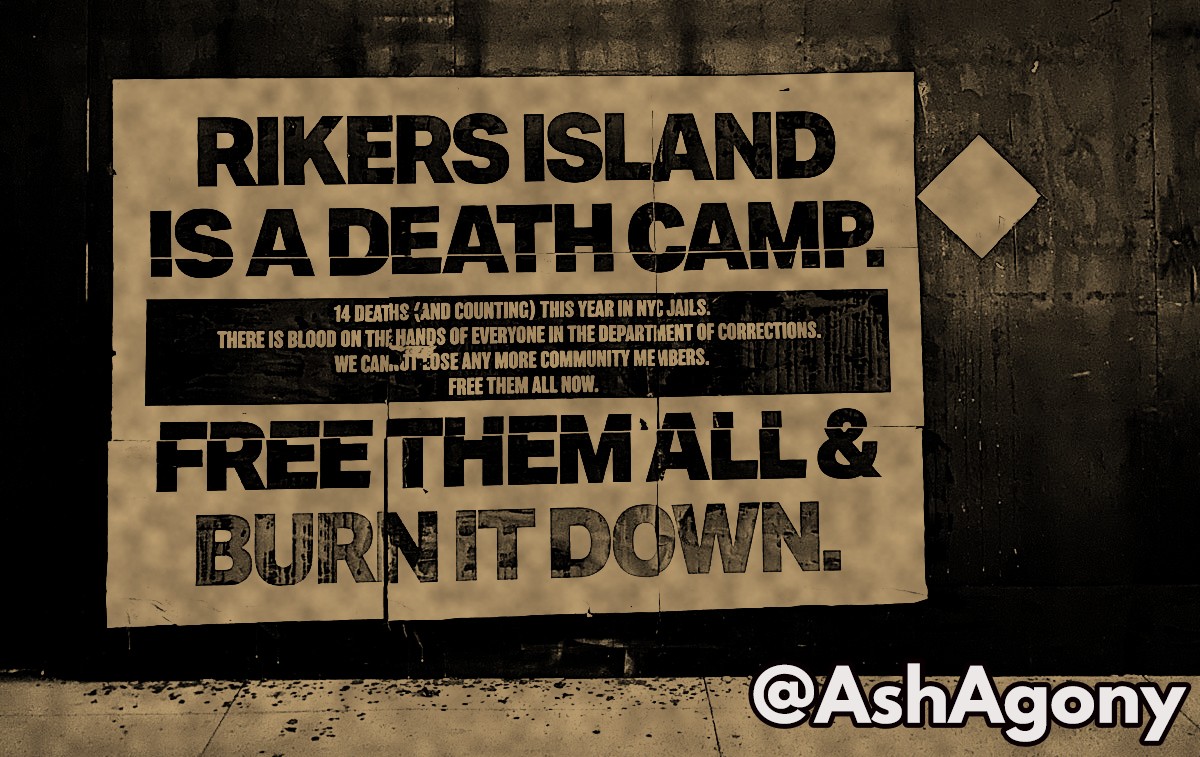Filed under: Featured, IGDcast, Interviews, Radio/Podcast

Podcast: Play in new window | Download
Subscribe: RSS
photo: @AshAgony
How did an attempt at carceral reform lead to the creation of one of the US’s most notorious jails? In this podcast interview, we speak with author and organizer Jarrod Shanahan about his new book, Captives: How Rikers Island Took New York City Hostage, and how the various forces within the facility in turn shaped New York city. We also explore how looking at the history of Rikers – and resistance to it – can inform the wider abolitionist struggle.
From rank-n-file guards, city unions, to the Black liberation movement, and neoliberal politicians, we discuss how various forces attempted to fight for their interests inside one of the largest so-called correctional institutions within the United States. As Shanahan argues, the ability of the guards and police to push for more control and impose “law and order” from below against growing resistance on the streets and in the jails, worked hand in glove with neoliberalism’s program of gutting social welfare and public sector programs and infrastructure. What was left, was a society largely held together through massive State violence, a process we continue to see play out today, especially during the pandemic.
As The Nation wrote of Captives:
In particular, Shanahan documents two opposed but mutually reinforcing traditions: the liberal reforms that he calls “penal welfarism” on the one hand, and the more straightforwardly punitive agendas that over the course of the 1960s congealed into the law-and-order coalition on the other. Although these traditions “remained two distinct visions of the postwar order,” Shanahan’s project in a sense is to demonstrate the major role of liberal reformism both in creating the Rikers Island complex, with its perpetual state of humanitarian crisis, and in advancing the law-and-order political consensus that ultimately dominated city politics for decades. In a grim, ironic reversal, penal welfarism created much of the physical and political infrastructure of the city’s carceral apparatus and also fueled the development of the coalition that would eventually reject jail reform in full.
With similar forces at play across the US today, looking at the history and resistance at Rikers gives us insight into the wider struggle for a world without prisons and police.
More Info: Jarrod Shanahan homepage, Captives: How Rikers Island Took New York City Hostage




